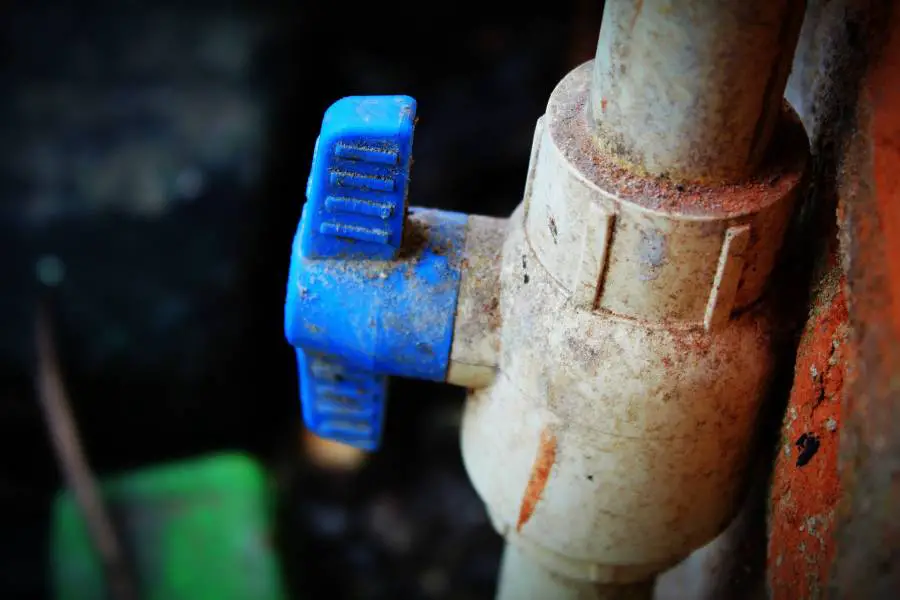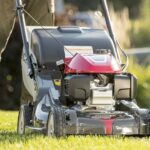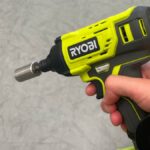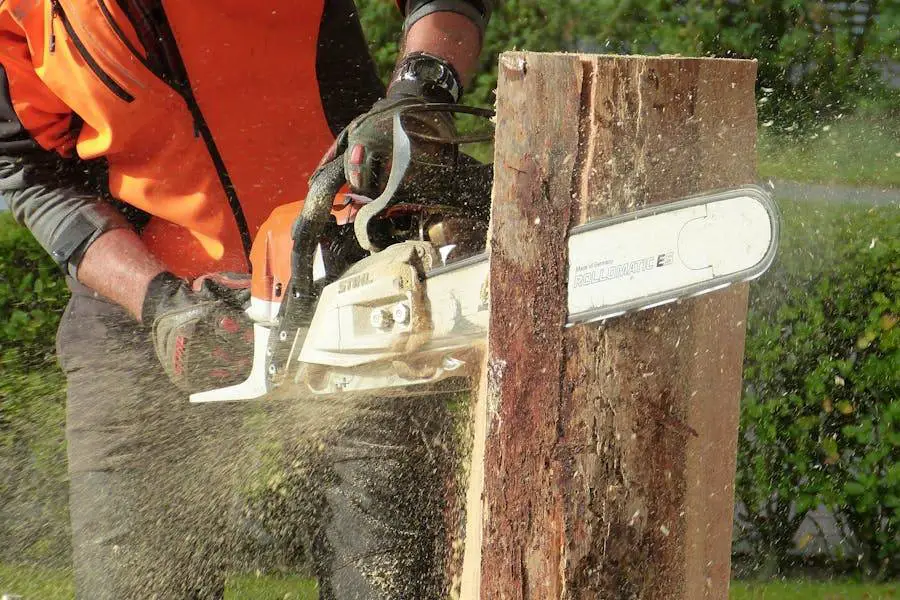Table of Contents
One of the most common house problems is the pressure relief valve leaking. Some valves are expected to have some leakage, especially when they get closer to nameplate set pressure.
On the other hand, leakage in pressure relief valves can come with many problems and expose us to dangers. Not having water at home can be a serious issue.

Here are some of the things responsible for the leakage.
Causes And Solutions To Pressure Relief Valve Leaks
1. Pressure Relief Valve Leaking
Many factors can be responsible for a leaking pressure relief valve. Some of them include faulty valve, valve that isn’t closing fully, or wrong size pressure relief valves.
Other factors can be excessive temperature or pressure.
Take a few minutes to observe before taking the first step. Trying to open the pressure of the relief valve for the first time in many years can cause the valve to drip.
So, the technician or homeowner should first open the valve gradually a few times to see the extent of the leak and whether the drip will stop after a few days of opening.
Here’s the thing; if the drip doesn’t stop on its own or the leak is large, the only thing to do is to replace the valve.
How To Fix Pressure Relief Valve Leaks?
If the pressure relief valve is leaking, it can be a result of leaks. You can take the following DIY steps to seal the leaks:
- Switch off the electric breaker ( if you’re using an electric pressure valve). For the manual valve, simply turn off the water heater to break the gas supply.
- Seal off the cut-off valve that takes cold water to the water heater.
- Drain some water out of the tank by opening the valve at the lower end and the pressure relief valve. It will relieve the tank of some pressure.
- Remove (or cut off if it’s glued) the overflow pipe from the pressure relief valve.
- Using the pipe wrench, unscrew the old pressure relief valve.
- Cover threads of the new valves with synthetic tape.
- Screw the tape tight.
- Using the synthetic Teflon tape, replace the relief valve drain pipe.
- Check for leaks after carrying out these steps.
2. Wrong Size Pressure Relief Size Valve
The pressure relief valve will leak outside due to many reasons. It can happen if you’re picking the wrong size pressure relief valve from your project.
You may not find a lasting solution to a pressure relief valve leaking outside of you have picked the wrong size valve unless you change it.
Whether the valve is a loose fit or entirely a size that doesn’t fit, it will impede the function of the pressure relief valve.
Hence, you’ll continue to have a leaking pressure relief valve for a longer time if it’s not solved.
How To Fix A Wrong-sized Pressure Relief Valve?
The first thing to correct a wrong-sized pressure relief valve is to determine the type of pressure relief valve you need.
You can either use a discharge with a single-phased or multi-phased pressure relief valve. Also, do you need a simple air or water mix pressure valve? Make sure you take cognizance of corrosion-engineered valves.
Secondly, use the applicable ISO or API requirements to set your parameters. You can apply certain software to help you assign values.
Next up is to take the relief valve readings. You can adjust your relief valve model to suit your specific pipework needs.
The truth is that an accurately sized pressure relief valve will prevent system damage if integrated with a discharge capacity of 10% above the allowable working pressure.
It is easier to detect the cause of this specific problem responsible for your pressure relief valve leaking outside.
Since the wrong size valve is responsible for your leak, you will need to find out the accurate size. By getting the right size of the valve, the leaking will stop immediately.
3. Damaged Or Worn-out Pressure Relief Valves
One of the reasons responsible for a leaking pressure relief valve is to have the pressure relief valve damaged.
Different factors may be responsible for this damage, such as aging or weathering. If you have an old pressure relief valve, deterioration begins to set in as time goes by.
Other external factors may cause the pressure relief valves to wear out quickly, such as heat. A quick degrading pressure relief valve is noticed in factories and facilities due to extreme temperatures and other factors.
The pressure relief valve will start to wear out over time, leading to their inability to close or lap well. Should there be any extreme damage or issues with the valve seat, it is likely a leak.
How To Fix Damaged Pressure Relief Valves?
A damaged relief pressure valve can sometimes only be solved by replacing the damaged part. You may have to repair it in some cases, but it may not last longer as expected.
If the level of damage seems to be high, you won’t need to hire a professional valve technician; a DIY yourself process will help you fix the issue.

All you have to do is to remove the valves and replace them with new ones.
To adjust the relief valve, what you can do is rotate the adjuster clockwise. Continue with the process until you are able to get to the reading displayed on the gauge.
The machine drawings will build up the needed pressure. At this cracking pressure, the relief valve will start to open.
4. Pressure Relief Valve Not Fully Closed
You will always notice that your pressure relief valve is leaking outside of them that are not fully closed.
Just like the common household taps, if they are partially closed, you will start to notice a reasonable amount of water droplets on the floor.
The pressure relief valve out leaking outside is a rampant issue in many industries.
However, certain reasons may be responsible for the pressure relief valve not being fully closed, whether in homes or an industrial setting.
A pressure relief valve leaking outside can be a result of dirt. Often, an environment prone to dust can prevent the pressure relief valve from closing fully or well, hence, causing it to leak.
Debris or spec of dirt in the valve can also obstruct the valve from fully closing, which causes it to start leaking.
How To Fix A Pressure Relief Valve That Isn’t Closing Well?
Fixing a pressure relief valve that isn’t closing well doesn’t sometimes require any professional experience.
All you have to do is to clean off the debris or dirt if it’s of a low amount to allow it to close fully. Solving this problem at times can often be by replacing the non-closing valves with new ones.
Conclusion
The valve is central to the safety and normal functioning of the heater. Once it becomes faulty, the heater can explode or get damaged.
It is often caused when the pressure inside the unit is far above 150psi, or the water reaches above 210 degrees.
Pressure relief valves are built to serve a practical and smooth running of water in homes, industries, or factories.
However, they can start to degrade due to a wide range of factors. If you notice any water droplets around your pressure relief valve, it means there is an outlying problem somewhere.

![Replacing Saddle Valve With Sharkbite [Full Guide] Replacing Saddle Valve With Sharkbite [Full Guide]](https://homesteadandprepper.com/wp-content/uploads/2021/10/Replacing-Saddle-Valve-With-Sharkbite-150x150.jpg)
![How To Fix Gap Between Door And Floor [Guide] How To Fix Gap Between Door And Floor [Guide]](https://homesteadandprepper.com/wp-content/uploads/2021/09/How-to-Fix-Gap-between-Door-and-Floor-150x150.jpg)



![Hot And Neutral Reversed But Wired Correctly [Causes + Solutions] Hot And Neutral Reversed But Wired Correctly [Causes + Solutions]](https://homesteadandprepper.com/wp-content/uploads/2022/06/Hot-And-Neutral-Are-Reversed-But-Wired-Correctly-150x150.jpg)

![How To Fix A Loose Light Switch [Step-by-step] How To Fix A Loose Light Switch [Step-by-step]](https://homesteadandprepper.com/wp-content/uploads/2021/08/How-To-Fix-A-Loose-Light-Switch-150x150.jpg)